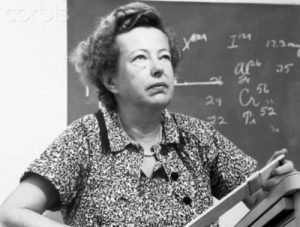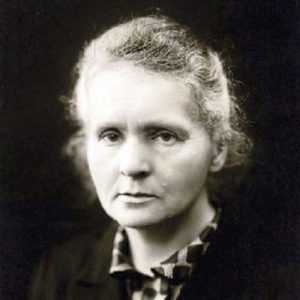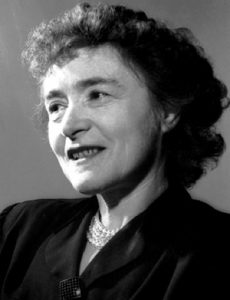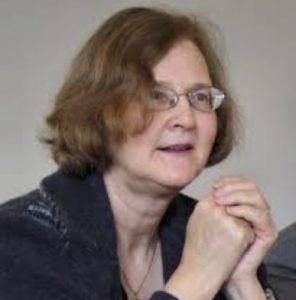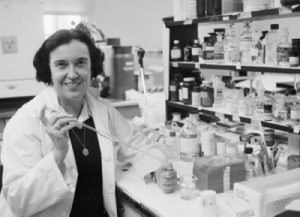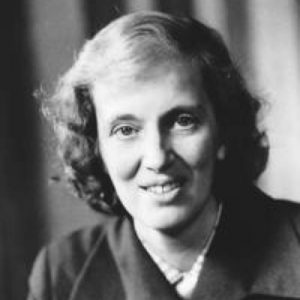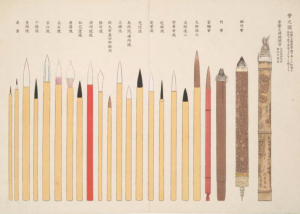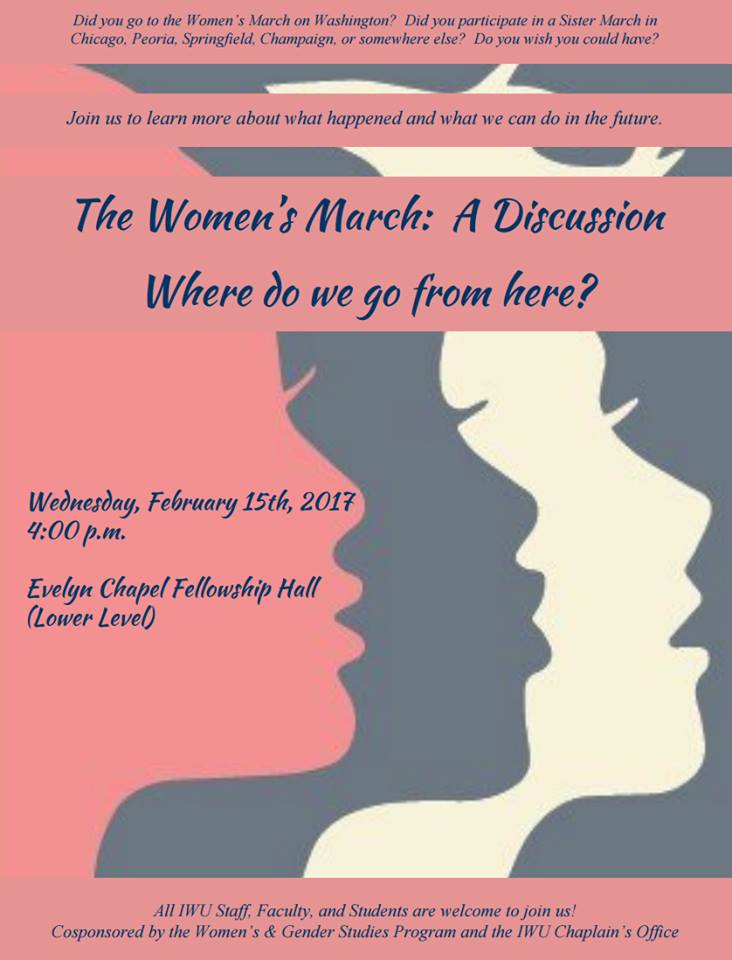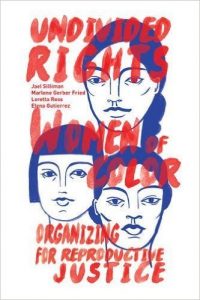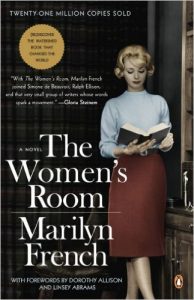Ours has been an Information Society for years, but we’ve recently seen how information can be manipulated and faked. Libraries worldwide have the responsibility to help citizens identify fake news and misinformation, as reflected in the Core Values of Librarianship, as defined by the American Library Association. Whenever you come into the library for a class with one of the Ames librarians, we’re working with you to build critical thinking and information evaluation skills.
—– —– —–
The International Federation of Library Associations shared this infographic in January. 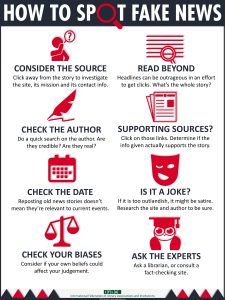 The questions and concepts presented by the infographic apply to the evaluation of misinformation, disinformation, alternative facts, and fake news. Read beyond and ask the experts, but most importantly, check your biases.
The questions and concepts presented by the infographic apply to the evaluation of misinformation, disinformation, alternative facts, and fake news. Read beyond and ask the experts, but most importantly, check your biases.
We encourage everyone to evaluate facts critically, holding policy makers, friends, family, neighbors, and all citizens to high standards of information usage. Facts are facts – choosing to ignore facts or putting alternative spins on them do not make them any less factual.


